A mahogany cased lacquered brass 'Tates Arithmometer' C. and E. Layton, London, circa 1900 The stepped-drum crank wound mechanism with two section top plate, the lower plate for setting comprising eight numbered slides with divisions labelled 0-9 flanked by crank handle and selection lever labelled ADD, SUB, MULT, DIV, above inscription TATES ARITHMOMETER, C. & E. LAYTON, LONDON to lower margin, the hinged upper plate with a bank of nine small windows for revolution beneath sixteen apertures for the result register each with knurled thumbscrew for individual number setting and crank handle to the right for zeroing the entire result register, housed in a mahogany box with inset brass strap reinforcements to the edges and brass carrying handles to ends, 61cm (24ins) wide; with a Fuller pattern cylindrical slide rule/calculator, Stanley, London, circa 1900, of telescopic form with outer sleeve printed with a logarithmic spiral scale inscribed FULLERS SPIRAL SLIDE RULE towards upper margin and signed STANLEY. Maker. LONDON, the inner sleeve annotated with various tables including Natural Sines, Birmingham Wire Gauge and Decimals of a Degree and Hour, the frame with central brass sleeve and turned mahogany end caps fitted with calibrated brass reading scale and handle to one end, in original mahogany box inscribed Calculator to lid, 45cm (17.75ins) wide, (2). The 'Tates Arithmometer' was developed by Samuel Tate from a model initially devised by the French scientist Charles Xavier Thomas in around 1820, which was then further improved by Elliot Brothers of London in response to a request put out by the Prudential Assurance Company in 1879. Tate applied for a British patent in 1881 which was granted in 1885; the firm of Charles and Edward Layton were appointed manufacturers and retailers of the machine which was first shown at the International Inventions Exhibitions held in London in 1885. The machine continued to be made until around the outbreak WWI. The Fuller pattern cylindrical slide rule was patented by George Fuller professor of Civil Engineering at Queen's University, Belfast in 1879 and was made by Stanley, London until well into the twentieth century. The current lot is the earlier two-section model, later versions incorporated another intermediate sliding logarithmic scale. Condition report disclaimer
A mahogany cased lacquered brass 'Tates Arithmometer' C. and E. Layton, London, circa 1900 The stepped-drum crank wound mechanism with two section top plate, the lower plate for setting comprising eight numbered slides with divisions labelled 0-9 flanked by crank handle and selection lever labelled ADD, SUB, MULT, DIV, above inscription TATES ARITHMOMETER, C. & E. LAYTON, LONDON to lower margin, the hinged upper plate with a bank of nine small windows for revolution beneath sixteen apertures for the result register each with knurled thumbscrew for individual number setting and crank handle to the right for zeroing the entire result register, housed in a mahogany box with inset brass strap reinforcements to the edges and brass carrying handles to ends, 61cm (24ins) wide; with a Fuller pattern cylindrical slide rule/calculator, Stanley, London, circa 1900, of telescopic form with outer sleeve printed with a logarithmic spiral scale inscribed FULLERS SPIRAL SLIDE RULE towards upper margin and signed STANLEY. Maker. LONDON, the inner sleeve annotated with various tables including Natural Sines, Birmingham Wire Gauge and Decimals of a Degree and Hour, the frame with central brass sleeve and turned mahogany end caps fitted with calibrated brass reading scale and handle to one end, in original mahogany box inscribed Calculator to lid, 45cm (17.75ins) wide, (2). The 'Tates Arithmometer' was developed by Samuel Tate from a model initially devised by the French scientist Charles Xavier Thomas in around 1820, which was then further improved by Elliot Brothers of London in response to a request put out by the Prudential Assurance Company in 1879. Tate applied for a British patent in 1881 which was granted in 1885; the firm of Charles and Edward Layton were appointed manufacturers and retailers of the machine which was first shown at the International Inventions Exhibitions held in London in 1885. The machine continued to be made until around the outbreak WWI. The Fuller pattern cylindrical slide rule was patented by George Fuller professor of Civil Engineering at Queen's University, Belfast in 1879 and was made by Stanley, London until well into the twentieth century. The current lot is the earlier two-section model, later versions incorporated another intermediate sliding logarithmic scale. Condition report disclaimer


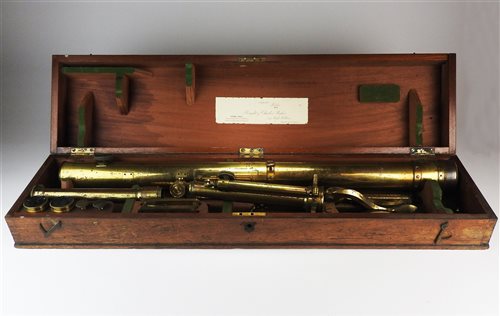
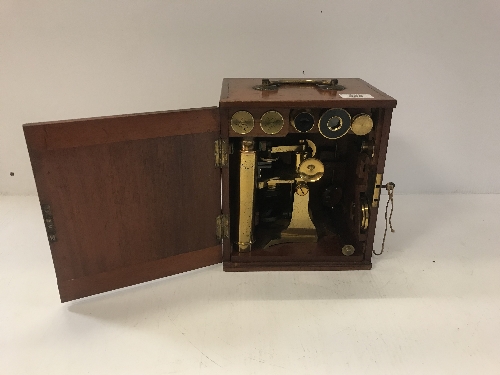
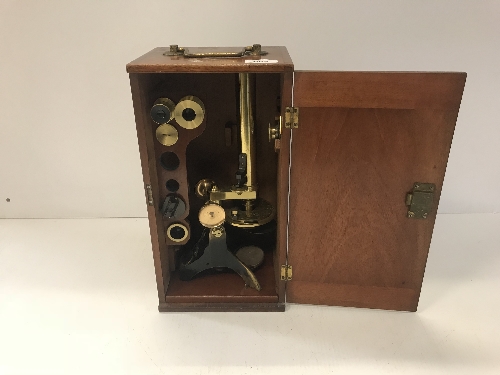
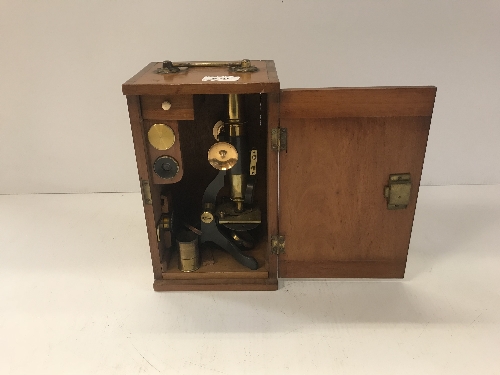
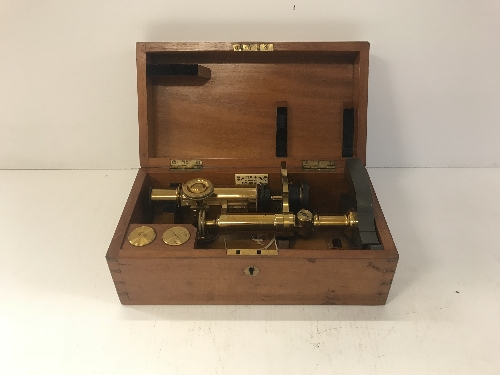
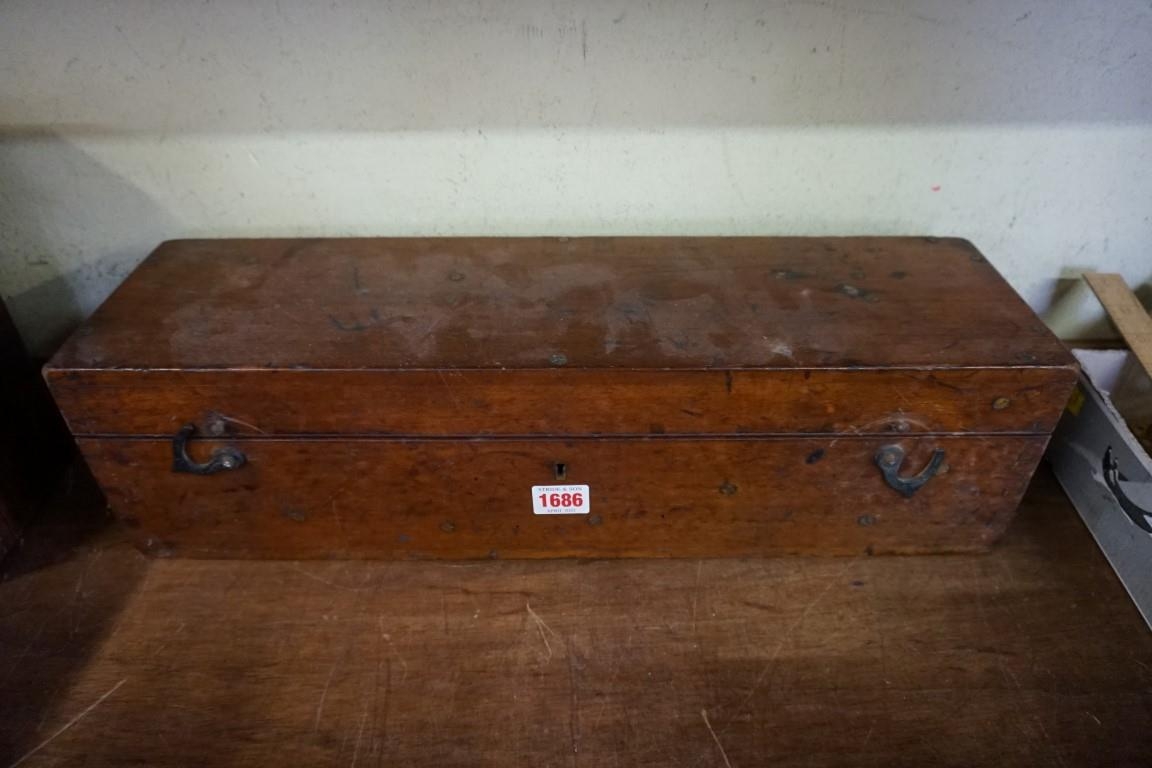
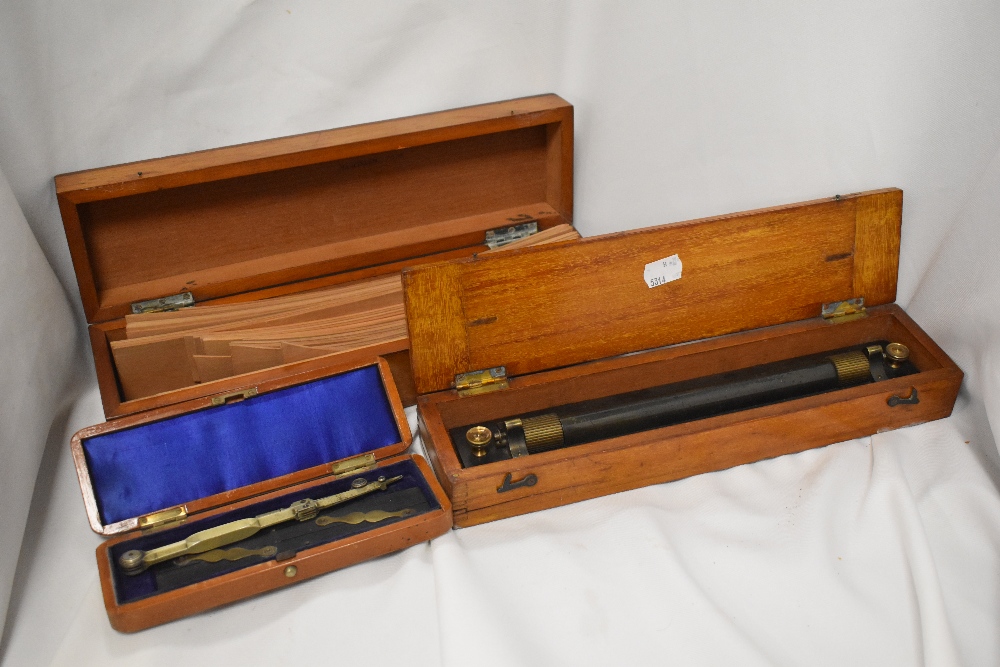
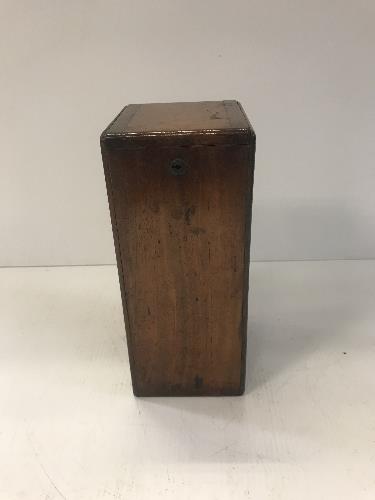





Try LotSearch and its premium features for 7 days - without any costs!
Be notified automatically about new items in upcoming auctions.
Create an alert